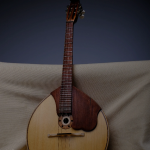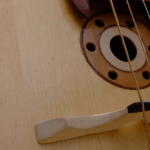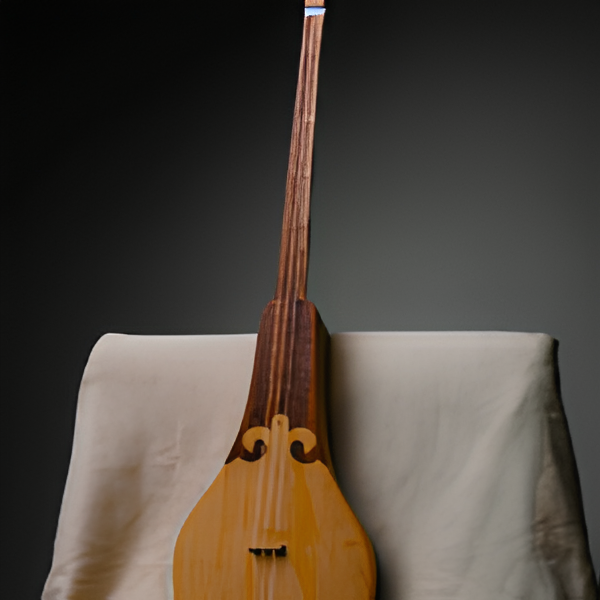A Gift from Admirers from Ukraine
DAIDIDAU.KZ
DAIDIDAU.KZ
DAIDIDAU.KZ
DAIDIDAU.KZ
DAIDIDAU.KZ
DAIDIDAU.KZ
DAIDIDAU.KZ
DAIDIDAU.KZ
DAIDIDAU.KZ
DAIDIDAU.KZ
DAIDIDAU.KZ
DAIDIDAU.KZ
DAIDIDAU.KZ
DAIDIDAU.KZ
DAIDIDAU.KZ
DAIDIDAU.KZ
DAIDIDAU.KZ
DAIDIDAU.KZ
DAIDIDAU.KZ
DAIDIDAU.KZ
DAIDIDAU.KZ
DAIDIDAU.KZ
DAIDIDAU.KZ
DAIDIDAU.KZ
DAIDIDAU.KZ
- ThePlus Audio



DOMRA
The domra is an ancient four-stringed, plucked Ukrainian musical instrument of handmade craftsmanship. It has a semi-spherical body. The sound of the strings is produced using a plectrum, with the common playing technique being tremolo (extending the sound through rapid vibration of the strings by repeated movements of the plectrum up and down).
The domra is played solo, in ensembles, and in folk instrument orchestras. In ancient times, the domra was primarily played by wandering musicians, who entertained people with songs and jokes. In the 17th century, due to persecution, wandering musicians and their instruments disappeared. The domra was revived at the end of the 19th century when Vasily Andreyev and his associates, after reconstruction, introduced a four-stringed domra with a quint tuning system.
Modern domras are made of wood: the back of the body is made of maple, rosewood, or birch, the top is made of spruce or fir, and the bridge for the strings is made of maple. Strings are usually made of metal, which, although harder to play, provides a richer sound. This four-stringed instrument is similar to a bass guitar and is preferred by contemporary musicians due to its comfortable playability. Today's domra is an independent concert instrument with its own repertoire and expressive capabilities.







